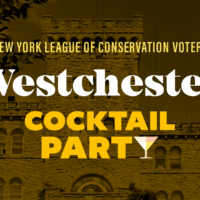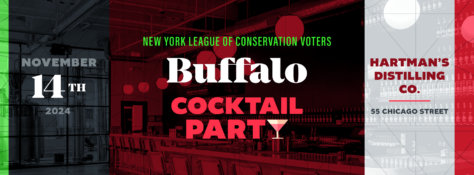Learn more about the NEW YORK LEAGUE OF CONSERVATION VOTERS
EVALUATE
We evaluate the performance of elected officialsENDORSE
We endorse candidates who care about the environmentELECT
We campaign for the passage of laws and candidatesWe are one week away from the start of early voting and just over two weeks out from Election Day.
Learn MoreThis election, after several years of legislative wrangling and uncertainty, Suffolk County voters finally will get an opportunity to vote
Learn MoreEvent
Our Buffalo Cocktail Party will bring together local business leaders, elected officials, community groups and members of the public to celebrate our shared commitment to environmental protection and clean energy in Central and Western New York.
Learn MoreOn Tuesday, October 8 – the 101st day since the pause – the Congestion Pricing Now coalition released “101 Reasons Why Governor Hochul’s Pause on Congestion Pricing is Hurting New Yorkers.” The list quantifies the ways this decision is harming New Yorkers, public health, the economy, public transportation, street safety, the environment, and the suburbs.
Learn More


